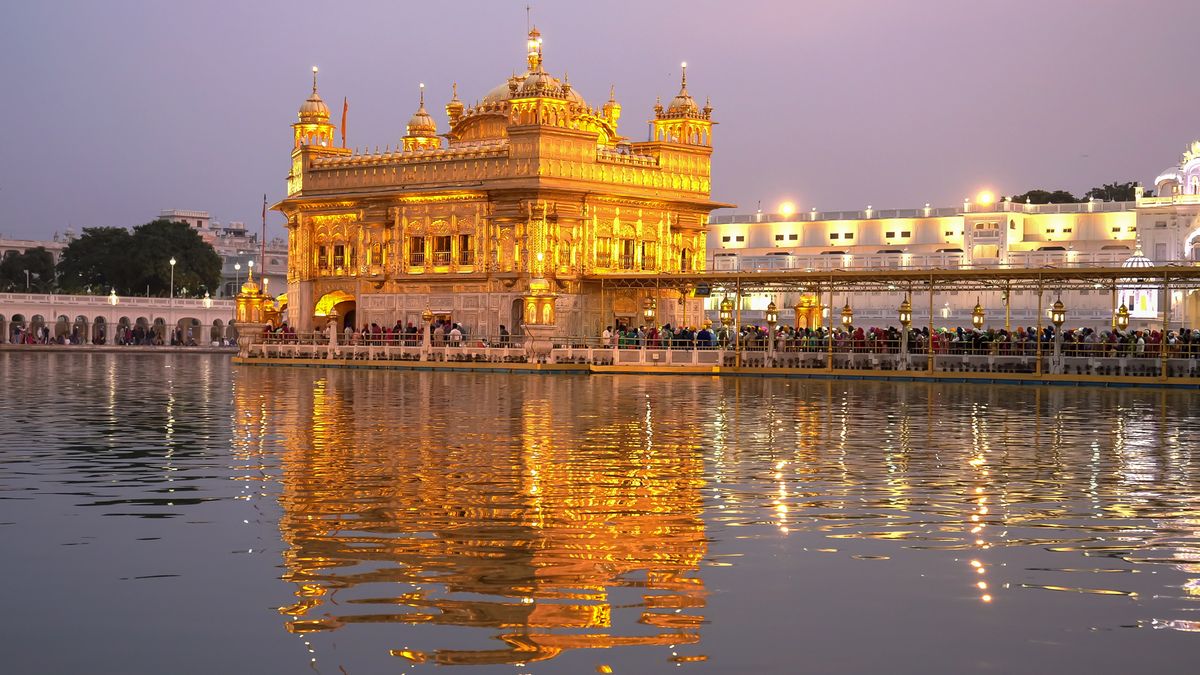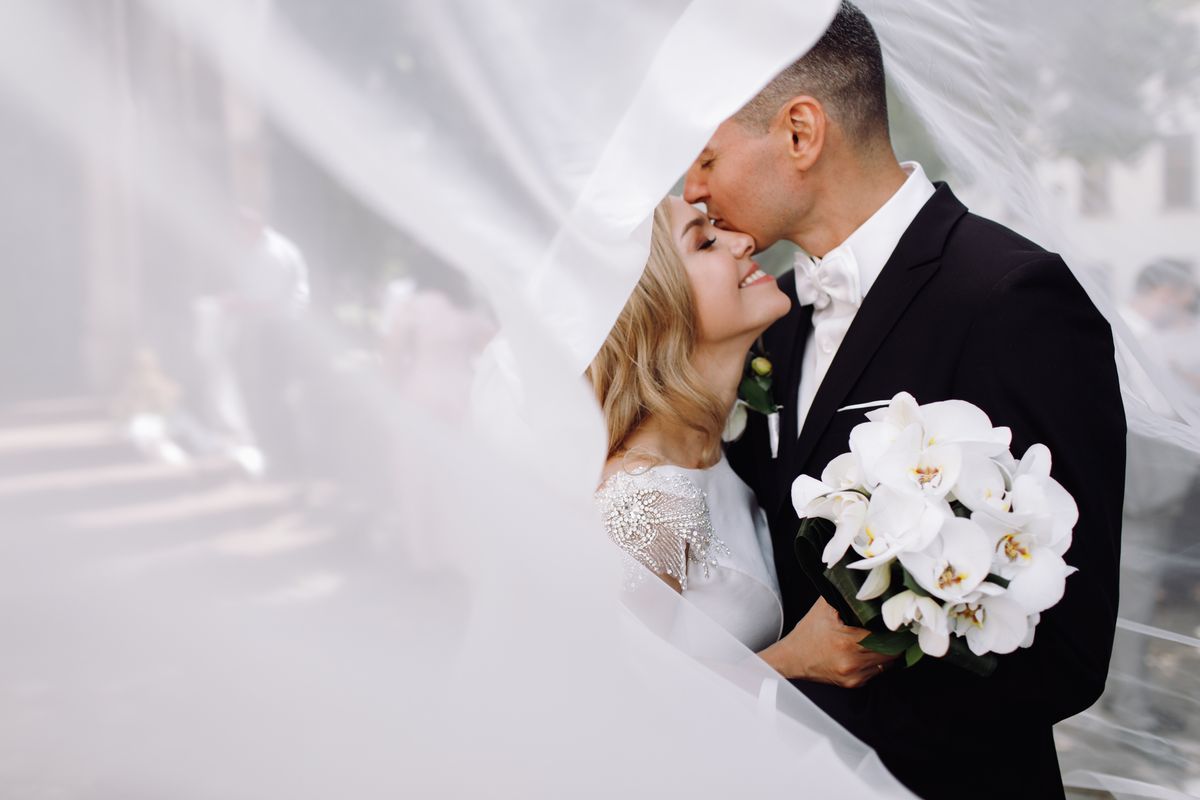See all Museums in Prague

- Menu
- Other
- Testimonials
- My Booking
- Hot Deals
We use cookies
Cookies help us deliver the best experience on our website.By using our website, you agree to the use of cookies. Find out how we use cookies
Enter your email address below, and we'll email you a link to reset your password:




